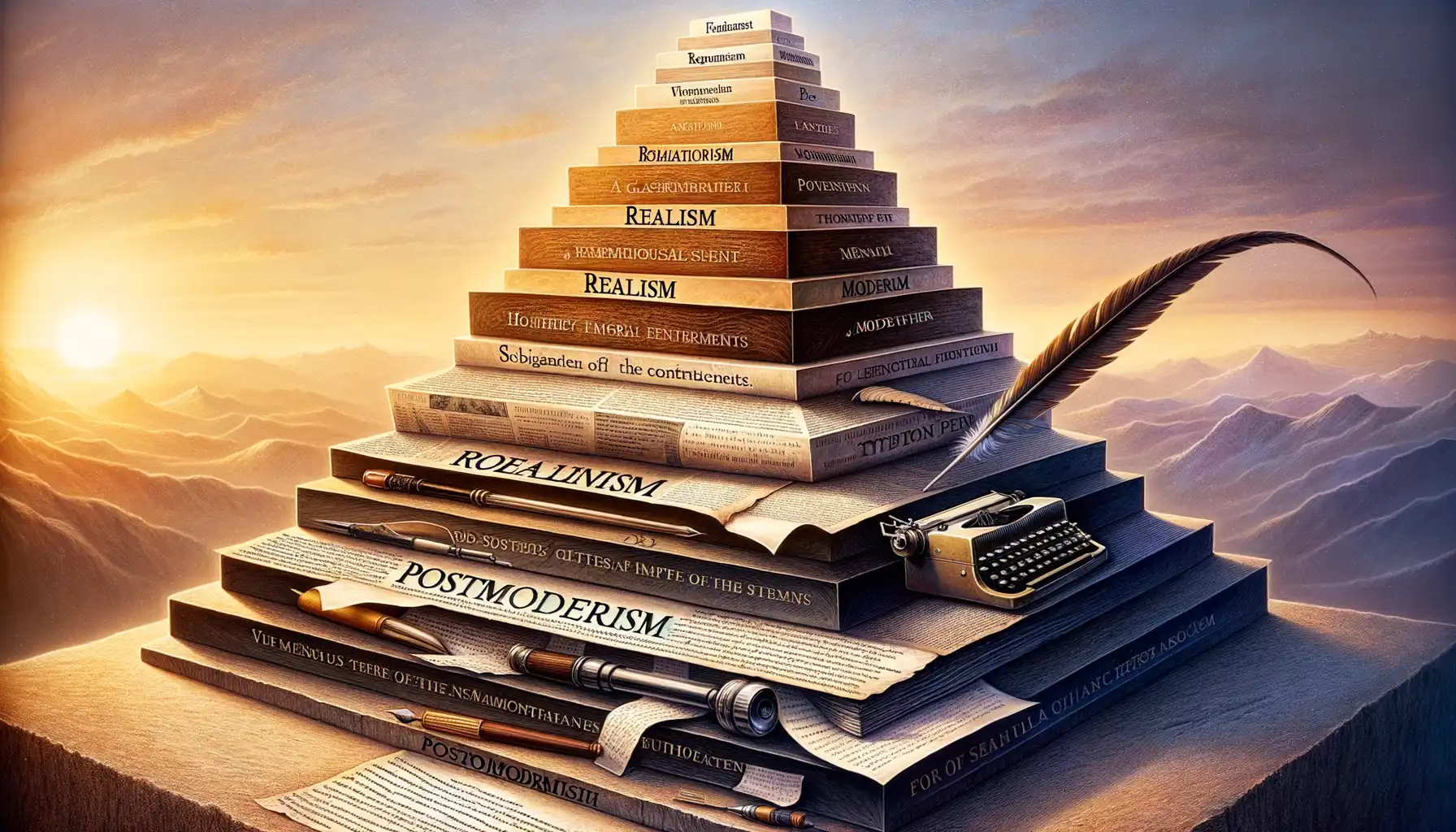Benefits of Using Literature in English Learning
Unlocking the Magic of Words: Why Literature Transforms English Learning
Imagine diving into a story so gripping that you forget you’re even learning. That’s the power of using literature in mastering English—it turns language from something to study into something to *feel*. When you read a novel, short story, or play, you’re not just picking up vocabulary or grammar; you’re absorbing the rhythm, emotion, and culture behind the language.
Here’s what makes literature a game-changer:
- Cultural immersion: Books are windows into other worlds. Reading Jane Austen reveals the wit of 19th-century England, while a Langston Hughes poem brings the soul of the Harlem Renaissance alive.
- Authentic context: Unlike textbooks, literature shows English in its natural habitat—full of idioms, metaphors, and lively dialogue.
- Emotional connection: Ever felt heartbreak while rooting for a tragic hero? Emotion burns new words into your memory like nothing else can.
A gripping mystery novel can teach you suspenseful phrasing. A love sonnet? The art of expressing deep feelings. Literature allows learners to experience language on levels textbooks can’t touch. Isn’t that worth exploring?
How Literature Enhances Language Skills
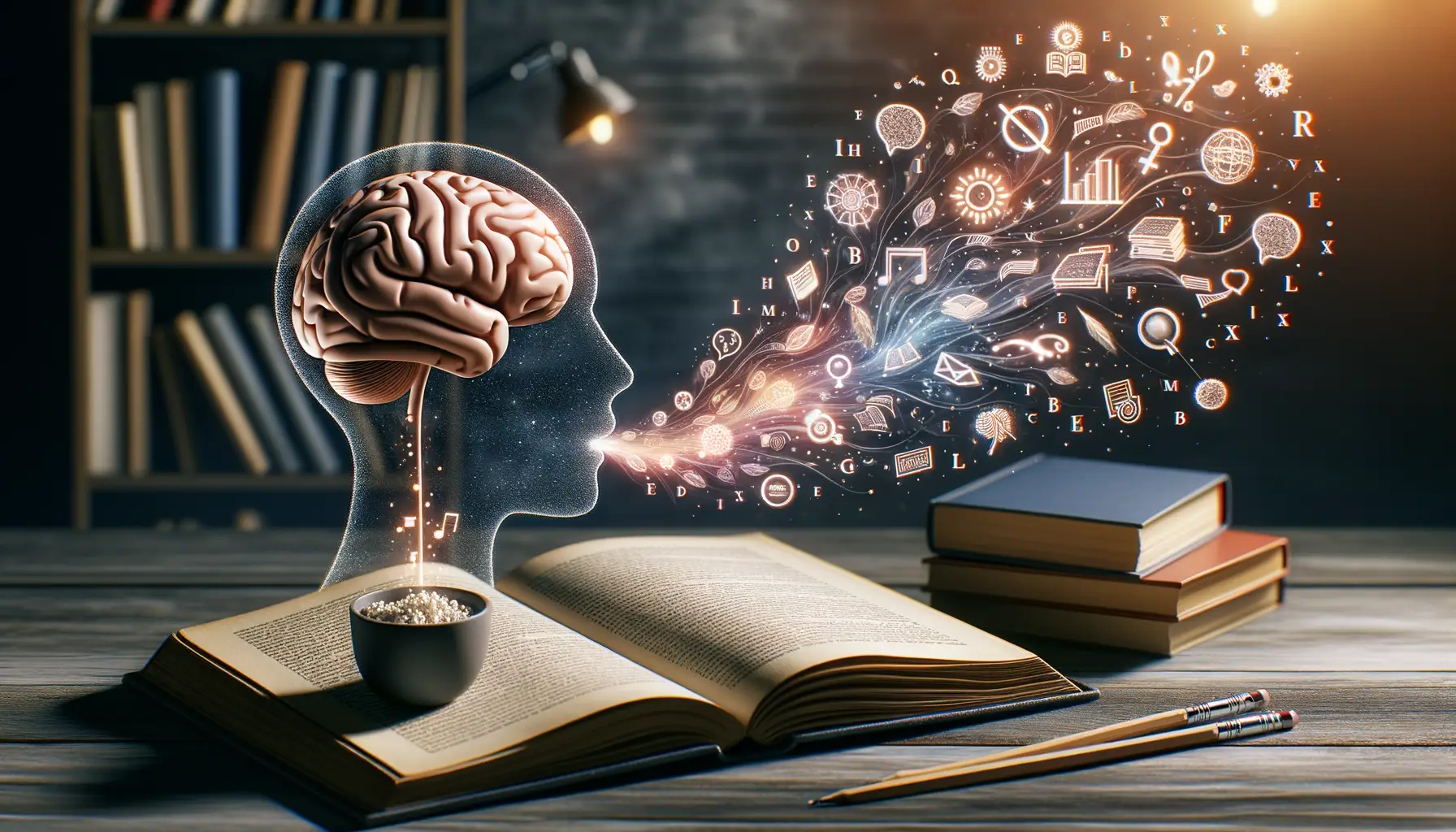
Crafting a Deeper Connection with Words
There’s something magical about being swept away by a story, isn’t there? When you’re reading a novel, poem, or even a gripping short story, what you might not realize is that you’re soaking up language like a sponge. Literature doesn’t just give you words—it gifts you the rhythm of sentences, the music of metaphors, and the art of expression.
Think about it: when you read Mark Twain’s sharp humor or Jane Austen’s witty exchanges, you’re not just enjoying a good tale—you’re picking up on natural phrasing, idiomatic expressions, and how to wield sarcasm elegantly in English. It’s like having a private tutor whispering nuanced language tips straight into your mind.
- Vocabulary: You encounter words in context, which makes them stick better than any flashcard ever could.
- Grammar: Through storytelling, grammar rules aren’t dry—they come alive! Sentence structures sneak into your brain and stay there.
- Pronunciation: Even while reading, your internal voice refines how certain words should feel rolling off your tongue.
The Emotional Edge of Literature
Let’s be honest—textbooks can’t make your heart skip a beat. But literature? It grabs hold of your emotions and shakes them awake. This emotional connection is key. It anchors language skills in your memory. Picture yourself crying over a chapter in Khaled Hosseini’s “The Kite Runner,” only to later quote entire lines effortlessly because they moved you so deeply. That’s the power of emotion in learning.
By taking you on emotional journeys, literature doesn’t just teach—it transforms. Suddenly, English isn’t just a skill to master; it’s an experience to live.
Types of Literary Works Useful for English Learners
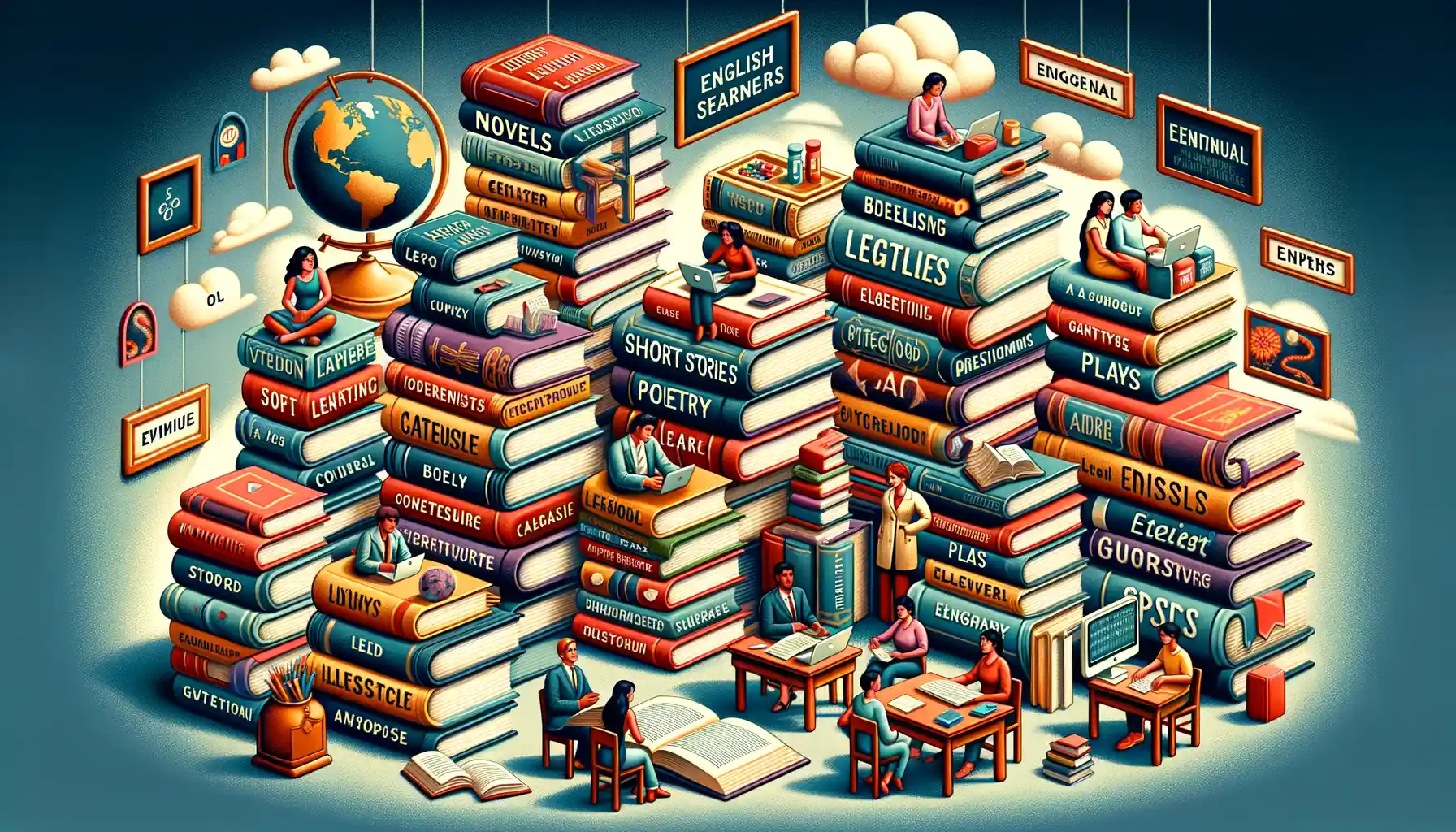
Dive into Fiction: Stories That Speak to the Heart
Who doesn’t love a good story? For English learners, fiction can be like a warm invitation to explore the language without feeling the burden of “learning.” From classic novels to short stories, these works blend vocabulary, culture, and emotion beautifully. Imagine getting lost in the pages of “The Great Gatsby”, where phrases like “green light” take on poetic meanings. Or perhaps, start simple with short tales like O. Henry’s “The Gift of the Magi”, where sentences are manageable and yet rich with emotion.
If novels seem daunting, consider young adult fiction. Books like “Harry Potter” are perfect because they balance approachable language with captivating plots. You’re not just learning English—you’re riding broomsticks and battling trolls!
- Bonus tip: Audiobooks bring fiction to life. Listen while you read to pick up on pronunciation, intonation, and even accents!
Poetry: Small Packages, Big Words
Poetry might seem intimidating at first (those abstract metaphors!), but trust me—it’s a treasure trove for learners. In just a few lines, you’ll encounter new words, unique sentence structures, and emotion-packed imagery. Start with poets like Robert Frost or Emily Dickinson. Their works are brimming with rhythm and vivid storytelling. For something modern, check out Rupi Kaur, whose free-verse style uses simple yet stunning language.
Pro tip? Don’t feel pressured to “get” every line. Focus on how the words make you feel and let them wash over you. It’s art and language, hand-in-hand.
Practical Strategies for Incorporating Literature in Teaching
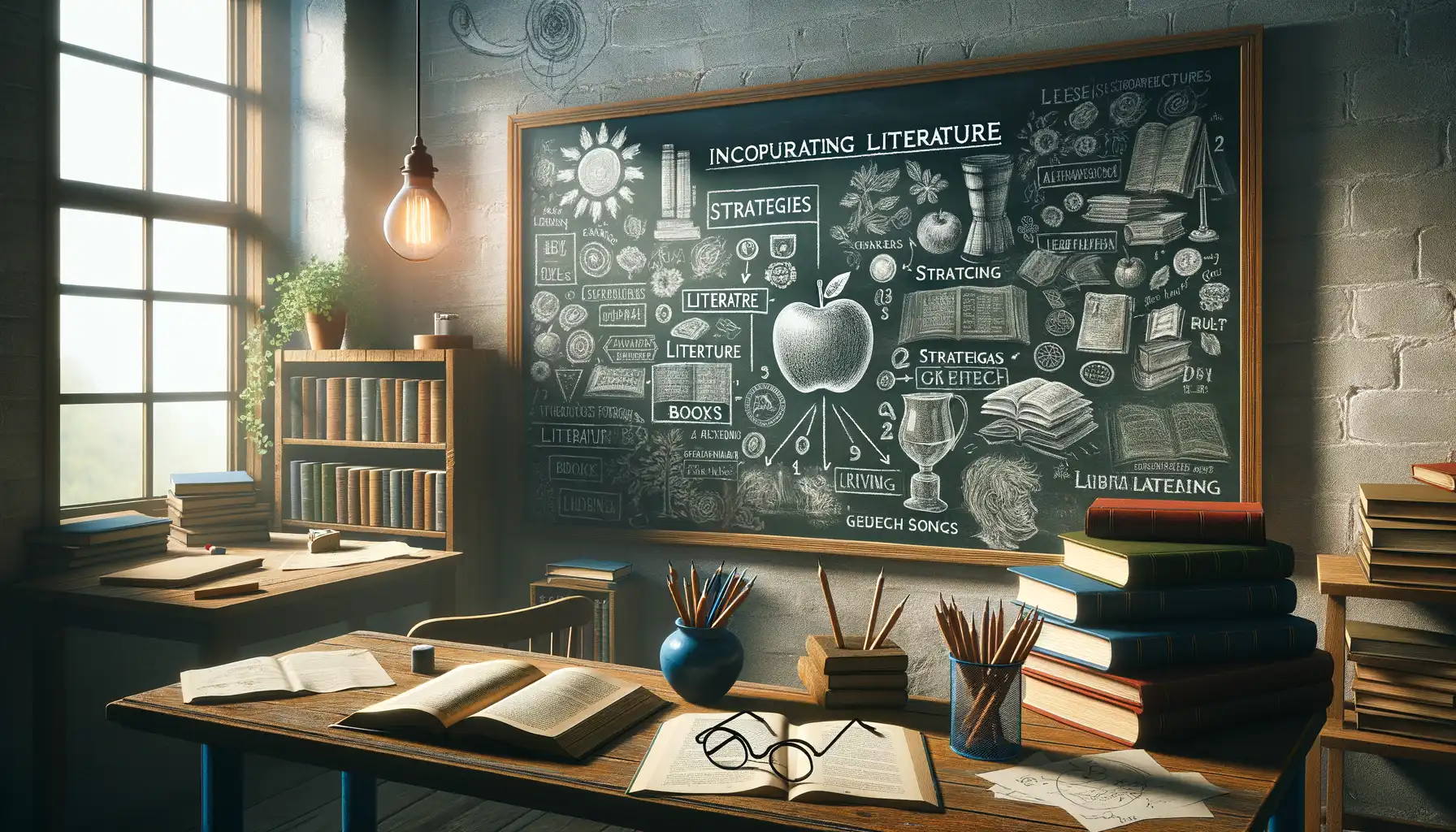
Infusing Literature into Everyday Lessons
Incorporating literature into teaching doesn’t have to feel like climbing a mountain—it can be as simple and refreshing as savoring a cup of tea. Start small. Pair a short poem or a flash fiction story with your lesson goals. For instance, if you’re working on descriptive adjectives, why not dive into the vibrant imagery of a piece by Langston Hughes or a snippet from Oscar Wilde? These bite-sized bursts of creativity not only make grammar exciting but also connect students to the rhythm and soul of the language.
- Begin with relatable themes: Choose works that echo students’ lives—friendship, dreams, or overcoming challenges.
- Interactive reading: Turn a story into a shared performance! Assign roles, and let students dramatize the lines.
- Explore personal response: Ask learners to journal how a character’s struggles relate to their own life experiences.
Blending Technology with Literary Exploration
Who says literature is confined to dusty tomes? Leverage technology to breathe new life into classics. Listen to audiobooks together, letting the intonations emphasize tone and mood. Or explore online visual libraries, where graphic adaptations of novels help students grasp dense texts like “Jane Eyre”. Interactive platforms, like creating digital book reviews or running virtual debates, nudge learners to engage critically with texts while embracing modern tools.
Challenges and Solutions When Using Literature in EFL Contexts
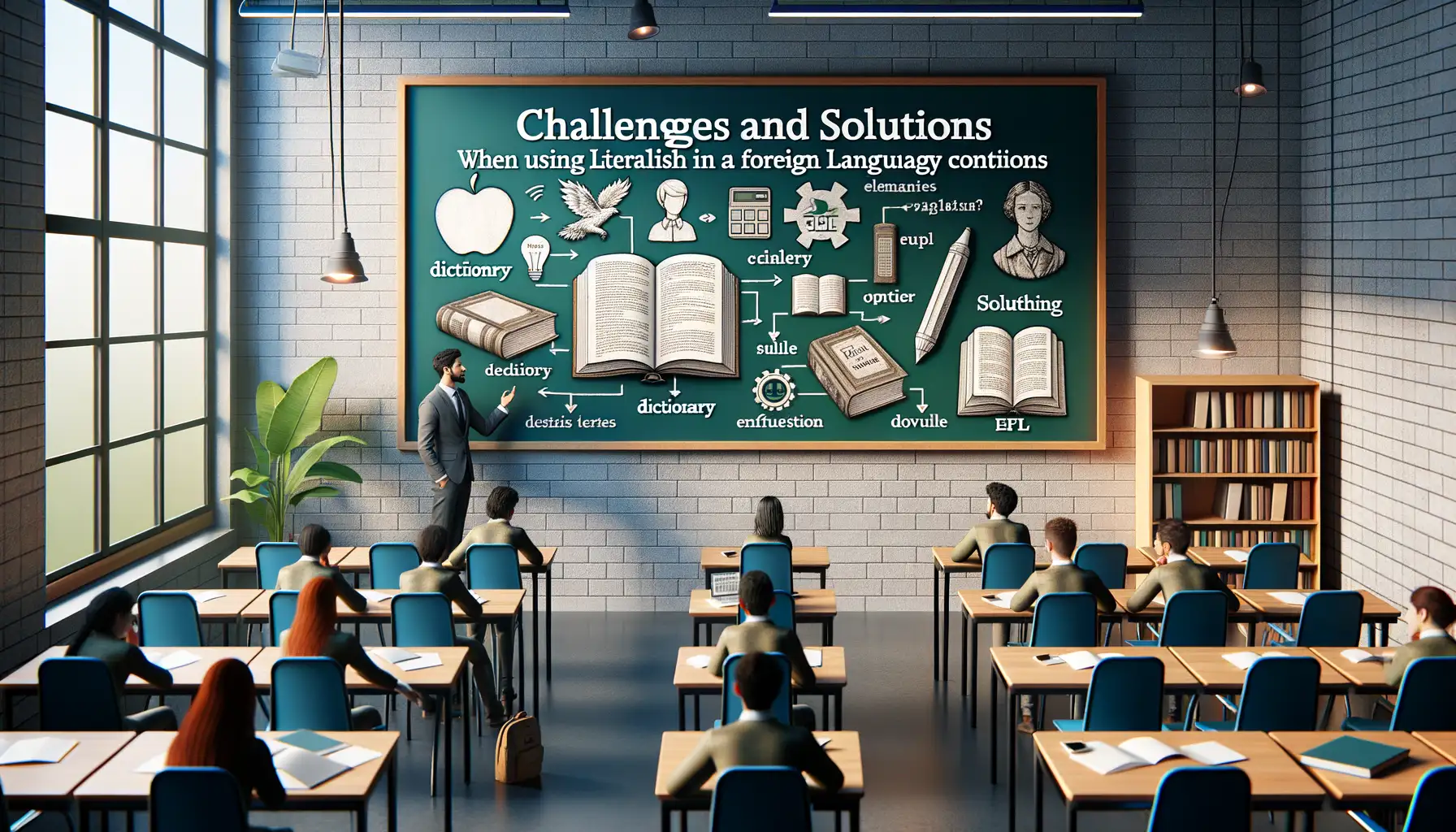
Why Literature Sometimes Feels Like a Puzzle in EFL Classrooms
Using literature in an EFL classroom can feel like attempting to crack an intricate code. Picture a group of students staring blankly at a passage from Shakespeare, or wrestling with the strange humor of Oscar Wilde. Challenges? Oh, there are plenty:
- Language complexity: Many literary works are packed with archaic words, idioms, or cultural references that can overwhelm learners.
- Learner engagement: Not all students relate to the themes or characters in classic literature, making it tough to spark any connection.
- Time constraints: Teachers often feel there’s just not enough time to unpack a single poem, let alone a novel, when grammar drills and vocabulary lists are screaming for attention.
But here’s the good news: these challenges aren’t insurmountable!
Breaking Barriers: Turning Problems into Opportunities
One way to deal with tricky vocabulary? Introduce bite-sized pieces of text, rather than entire chapters. For instance, focus on a few evocative lines of Emily Dickinson instead of tackling a whole poem. Encourage students to guess meanings first and build confidence before diving into dictionaries.
To engage learners emotionally, tie the material to personal experiences. Studying Alice Walker’s “Everyday Use”? Ask how they’d feel if someone disregarded their culture or traditions—instant relatability!
Finally, for teachers under pressure, pair literature with other tasks. While reading Jane Austen, sneak in a writing exercise: “Write a letter to Mr. Darcy as if you were Elizabeth Bennet!” Multi-tasking magic!





